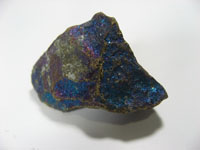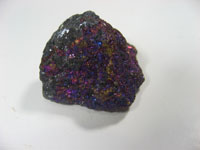![]()
Bornite, also known as peacock ore, is a sulfide mineral that is composed of iron, copper, and sulphur. Bornite was first described in 1725 for an occurrence in the Krušné Hory Mountains (Erzgebirge), Karlovy Vary Region, Bohemia in what is now the Czech Republic. It was named in 1845 for Austrian mineralogist Ignaz von Born (1742–1791). Bornite occurs globally in copper ores with notable crystal localities in Butte, Montana and at Bristol, Connecticut in the U. S. It is also collected from the Carn Brea mine, Illogan, and elsewhere in Cornwall, England. Large crystals are found from the Frossnitz Alps, eastern Tirol, Austria; the Mangula mine, Lomagundi district, Zimbabwe; from the N’ouva mine, Talate, Morocco, the West Coast of Tasmania and in Dzhezkazgan, Kazakhstan.
 |
Bornite is named after Ignaz von Born (1742-1791), an Austrian mineralogist and metallurgist. Born was born into a noble family of Saxon origin at Cavnic, in Transylvania, in the Kingdom of Hungary. He was a prominent Free Mason, head of Vienna's Illuminati lodge and an influential anti-clerical writer. He was the leading scientist in the Holy Roman Empire during the 1770s in the age of Enlightenment. |
![]()
Within the metaphysical realm of minerals, bornite is said to facilitate the activation and synthesis of the chakras, enhance psychic abilities, and increase inner knowledge and intuition. Bornite is said to be an excellent healing tool, which includes sending and receiving distance healing; it is said to be a stone of happiness which helps the believer to see the positive aspects of life. Bornite also can assist one in integrating the mind, body, soul, and emotions and filters out that which is no longer relevant, so that one may move forward with more ease.
Please note that MIROFOSS does not suggest in any way that minerals should be used in place of proper medical and psychological care. This information is provided here as a reference only.
![]() Bornite is used as a primary ore of copper.
Bornite is used as a primary ore of copper.
![]()
Common and widespread in copper ore deposits. Bornite also occurs in basic intrusives, in dikes, in contact metamorphic deposits, in quartz veins and in pegmatites.
![]()
Bornite is an important copper ore mineral and occurs widely in porphyry copper deposits along with the more common chalcopyrite. Chalcopyrite and bornite are both typically replaced by chalcocite and covellite in the supergene enrichment zone of copper deposits. Bornite is also found as disseminations in mafic igneous rocks, in contact metamorphic skarn deposits, in pegmatites and in sedimentary cupriferous shales. It is important as an ore for its copper content of about 63 percent by mass. Bornite has a brown to copper-red colour on fresh surfaces that tarnishes to various iridescent shades of blue to purple in places. Its striking iridescence gives it the nickname peacock copper or peacock ore.
Other than in the basic mineral form, bornite can be found in one other distinct variety:
![]()
| Cleavage | Imperfect | |
| Colour(s) | Copper red, Bronze brown, Purple, Blue | |
| Specific Gravity | 5.09 | |
| Diaphaneity | Opaque | |
| Fracture | Conchoidal - Fractures developed in brittle materials characterized by smoothly curving surfaces | |
| Mohs Hardness | 3.0 | |
| Luminescence | Non-fluorescent | |
| Lustre | Metallic | |
| Streak | Grayish black | |
| Habit(s) | Granular to Massive to Reniform | |
| Radioactivity | Non-radioactive | |
| Magnetism | Magnetic after heating |
![]()
No known health risks have been associated with bornite. However ingestion of bornite, as with other naturally occurring minerals, is not recommended.
![]()
The following image shows the Elemental breakdown of the mineral bornite along with the mineral crystal structure:

![]()
| Crystal System | Orthohombic | 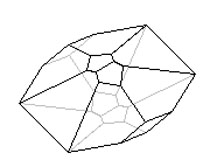 |
| Class | Dipyramidal | |
| Axial Ratios | a : b : c = 0.5008 : 1 : 0.5008 | |
| Morphology | Crystals rare, usually blocky with rough curved faces, pseudo-cubic, pseudo-dodecohedral and rarely pseudo-octahedral. | |
| Optical Data Type | Anisotropic | |
| Pleochroism | Weak | |
| Colour in reflected light | Red |
![]()
Bornite can be referenced in certain current and historical texts under the following ten names:
The mineral bornite can be translated into the following select languages:
| Arabic | Bulgarian | Борнит | Chinese (Sim) | 斑铜矿 | |
| Croatian | Czech | Bornit | Danish | bornit | |
| Dutch | Borniet | Esperanto | Estonian | ||
| Finnish | French | Cuivre Panaché | German | Buntkupfererz | |
| Greek | Hebrew | Hungarian | Bornit | ||
| Italian | Japanese | 斑銅鉱 | Korean | 본나이트 |
|
| Latin | Lithuanian | Bornitas | Norwegian | Broket kobber | |
| Persian | متولد | Polish | Bornit | Portuguese | Bornita |
| Romanian | bornit | Russian | Борнит | Slovak | |
| Spanish | Conichalcita | Swedish | bornit | Tagalog | |
| Turkish | bornit | Ukrainian | Борніт | Vietnamese |
![]()
Bornite can be considered to be extremely abundant around the world. The map below shows major documented concentrations of bornite:
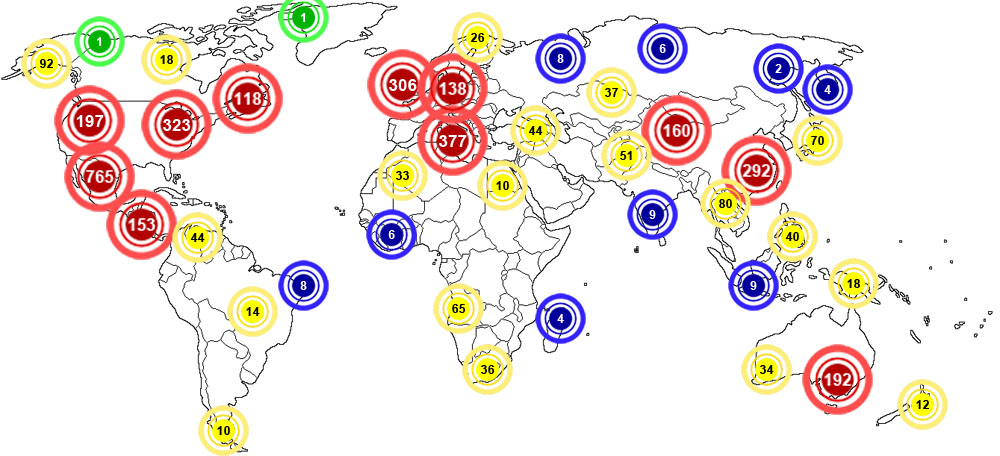

![]()
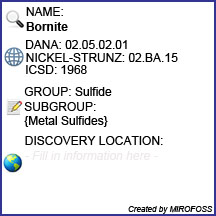 |
The MIROFOSS database offers free printable geological identification tags for personal and non-profit use. These tags can be used to properly identify mineral samples in your collection. -Click here- to download a full size jpeg image for a bornite identification tag; which can be printed on paper or used with a plastic laser printer. |
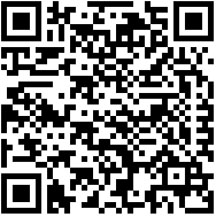 |
What's this? What can I do with it? |
![]()
| Crystallography | Koto, K. and Morimoto, N. (1975) Superstructure investigation of bornite, Cu5FeS4, by the modified partial Patterson function. Acta Crystallographica: B31: 2268-2273. |
| Crystallography | Cuthbert, M.E. (1962) Formation of bornite at atmospheric temperature and pressure. Economic Geology: 57: 38-41. |
| History | Palache, Charles, Harry Berman & Clifford Frondel (1944), The System of Mineralogy of James Dwight Dana and Edward Salisbury Dana Yale University 1837-1892, Volume I: Elements, Sulfides, Sulfosalts, Oxides. John Wiley and Sons, Inc., New York. 7th edition, revised and enlarged, 834pp.: 195-197. |
| History | American Mineralogist (1978): 63: 1-16. |
| Composition | Jagadeesh, M.S., Nagarathna, H.M., Montano, P.A., and Seehra, M.S. (1981) Magnetic and Mössbauer studies of phase transitions and mixed valences in bornite (Cu4.5Fe1.2S4.7). Phys. Rev.: B23: 2350-2356. |
| Optical Data | Buckley, A.N. and Woods, R. (1983) An X-ray photoelectron spectroscopic investigation of the tarnishing of bornite. Australian Journal of Chemistry: 36: 1793-1804. |
| Geographical Data | Mindat.org. Retrieved on 2012-06-18 |
| Physical Identification | Webmineral.com. Retrieved on 2012-06-18. |
| June 24, 2014 | The last time this page was updated |
| ©2018 MIROFOSS™ Foundation | |
 |
|


